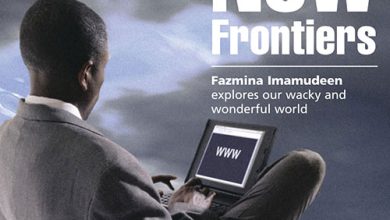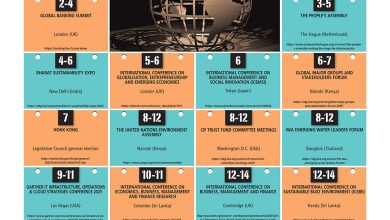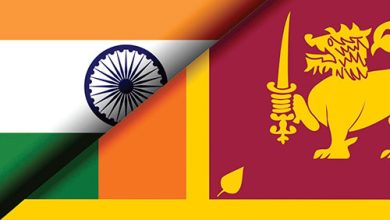MODEL LEADERSHIP
COVID-19 HERO
BY Priyan Rajapaksa
It was American entrepreneur, author and motivational speaker Jim Rohn who once said that “a good objective of leadership is to help those who are doing poorly to do well and to help those who are doing well to do even better.”
Jacinda Kate Laurell Ardern was relatively unknown even in New Zealand until she was appointed to lead the Labour Party in 2017, only seven weeks ahead of the election. The previous leader resigned as he was not showing up in the polls.
In New Zealand, there are no cult figures in politics as the parties prune losers mercilessly.
Fortunately, there aren’t any sycophants in control of parties who nominate unsuitable candidates. If a leader loses an election, he or she does the sensible thing and resigns as party head – and usually quits politics. Leaders rejected by voters are viewed as a burden unlike in feudalistic Sri Lanka and the subcontinent.
Ardern hails from the city of Hamilton. Her family belongs to the Mormon Church but she left the religious organisation as it conflicted with her personal views particularly in relation to gay rights.
The church used to call same-sex marriage apostate. However, in April 2019 in a policy change attributed to a ‘continuing revelation,’ apostasy was downgraded to immoral conduct.
Having graduated from the University of Waikato in 2001, Ardern began her political career as a researcher to former prime minister Helen Clark, followed by a stint in the UK as a policy adviser to Tony Blair.
In 2008, she was elected President of the International Union of Socialist Youth. That same year, Ardern entered parliament as a list MP. Yes, New Zealand has a ‘manape’ too but there is no violence, thuggery or bribery.
New Zealand’s Labour Party has been at the forefront of progressive legislation and is identified as left of centre. The main opposition National Party is more rightist.
In March, New Zealand legalised abortion, removing it from the Crimes Act and liberalising access to abortion services. Abortion will be a health matter rather than a criminal one. At the next election, referendums will be held regarding a relaxing of rules on cannabis and providing more options to end one’s life.
Ardern’s government has concentrated on a shortage of housing, child poverty and social inequality. Banning automatic assault type rifles – following the shootings at mosques in Christchurch – was a landmark decision.
It was good that Ardern met the Muslim community. But she may have gone a step too far by covering her head. Until the veil and burqa become voluntary, and are not male impositions, they remain symbols of repression on the one hand and a statement of ultra-superiority on the other – a religious Ferrari so to speak.
New Zealand is a wonderful place in which to live with an ethnic composition that’s 70 percent European and 16 percent indigenous Maori. Most New Zealanders believe in fairness and equality. But very few accept that colonialism and patriarchy are to blame for these injustices.
I guess if you are European, it’s easy to justify colonisation in the name of ‘civilising’ in the same way the Sinhalese rationalise taking over Taprobane from the veddas.
Ardern’s forte was reflected in her handling of the COVID-19 crisis; the government response was decisive and did as much as New Zealand’s resources permitted.
She took the quick and hard approach based on medical advice that the virus manifests in 14 days, and added another 14 days as a precaution – expensive but necessary, in my opinion, not solely because some of us fall into the high-risk category.
If the virus took root, the healthcare system may have been overwhelmed. Whatever decision was made, it may look wrong in hindsight.
The economic response will cost New Zealand NZ$ 25 billion or more. This money is being borrowed and would require repayment with interest. Those making the repayment will be our children.
Ardern’s government should be reelected at the next general election scheduled for 19 September. But the honeymoon period will end the following day.
All eyes will be on the budget that follows – five million Kiwis would have to repay the 25 billion dollars. New Zealand’s GDP is approximately NZ$ 300 billion so the borrowing is about eight percent of the country’s output. Taxes will rise in a period of declining incomes.
Global tourism expenditure contributes 17.2 billion dollars (20%) to New Zealand’s economy and international education NZ$ 5.1 billion (6%). But its borders have been closed to visitors and foreign students, and so both tourism and education are affected.
Talks are underway to make Australia and the Pacific areas that are safe so that there can be an Australasian bubble. The area could then use regional tourism to kick start its economies.
The word ‘bubble’ is ominous and futuristic; it sounds as though one is preparing for life on Mars. If the hard lockdown hadn’t taken place, New Zealand may have looked like Mars – desolate.






